ASTM A53 is a standard officially released by the American Society for Testing and Materials (
ASTM) to regulate black or galvanized, seamless or welded carbon steel pipes. It is one of the most widely used steel pipe standards in the world and is widely used in industries such as petroleum, natural gas, chemicals, and construction.Introduction to domestic standards In China, the corresponding domestic standards are GB/T "
Seamless (smls) Steel Pipes for Structures" and GB/T "Welded Steel Pipes for Welded Low-pressure Hydraulic Pipelines"
ASTM A53 Schedule 40 black steel pipe is a widely used carbon steel pipe known for its strength, durability, and versatility. Manufactured in accordance with ASTM A53 specifications, this type of pipe is designed for mechanical and pressure applications, as well as for use in steam, water, gas, and air lines. It is one of the most commonly used standard pipes in construction, plumbing, and industrial infrastructure.
ASTM A53 Specifications and Types
ASTM A53 carbon steel pipes can be divided into three types and two grades:
Type F: Longitudinal furnace butt welded or with a continuous weld (Grade A only).
Type E: Longitudinal resistance welded (Grades A and B).
Type S: Seamless pipe, produced by hot working and possible cold finishing (Grades A and B).
Of the three types, A53 Grade B seamless pipe is the most prominent product under this specification, usually dual certified to meet the standards of A106 B seamless pipe. These pipes are suitable for nominal pipe diameters (NPS) ranging from 1/8 inch to 26 inches.
ASTM A53 black steel pipe refers to semi-smooth surface pipes treated with black coating, commonly used in mechanical and pressure applications. It is suitable for various fluid transportation, such as steam, water, air and gas. The pipes covered by this standard have nominal (average) wall thickness and are suitable for welding and various forming operations. Its size is specified by two dimensionless numbers: nominal pipe size (NPS) or inside diameter (ID) and pipe specification (SCH, indicating wall thickness).
Specifications of ASTM A53 black steel pipe
Outer diameter: 21.3mm - 660mm
Wall thickness: 1.5mm - 22.2mm
Length: 0.3m - 18m
ASTM A53 GR B Black Pipe 24 Inch Parameters:
|
NOMINAL PIPE SIZE
|
OD
|
SCHEDULE DESIGNATIONS
|
WALL THICKNESS
|
WEIGHT
|
ID
|
INCH
MM
|
INCH
MM
|
ASME
|
INCH
|
MM
|
LBS/FOOT
|
KG/METER
|
INCH
|
MM
|
24
600
|
24.000
610
|
10
STD
XS
30
40
60
80
100
120
140
160
|
20
|
10S
40S
80S
|
0.250
0.375
0.500
0.562
0.688
0.969
1.219
1.531
1.812
2.062
2.344
|
6.35
9.53
12.70
14.27
17.48
24.61
30.96
38.89
46.02
52.37
59.54
|
63.47
94.71
125.61
140.81
171.45
238.57
296.86
367.74
429.79
483.57
542.64
|
94.53
141.12
187.07
209.65
255.43
355.28
442.11
547.74
640.07
720.19
808.27
|
23.500
23.250
23.000
22.876
22.624
22.062
21.562
20.938
20.376
19.876
19.312
|
597.30
590.94
584.60
581.46
575.04
560.78
548.08
532.22
517.96
505.26
490.92
|
Application areas of ASTM A53 black steel pipe
ASTM A53 black steel pipe is widely used, including but not limited to:
Construction industry: used for underground pipelines, groundwater transportation and hot water transmission systems.
Machining: can be used to manufacture bearing sleeves, process mechanical parts, etc.
Electrical industry: suitable for gas transportation, hydropower fluid pipelines, etc.
Wind power generation: used for special purposes such as anti-static pipelines.
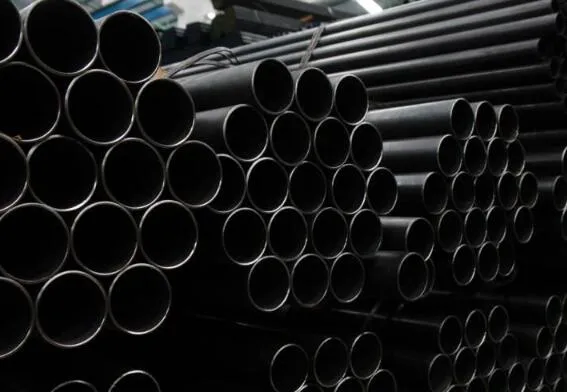
Difference between galvanized steel pipe and black steel pipe
1. Check the color of the pipe. Black steel pipe is flat black, galvanized pipe is silvery gray. Black steel pipe is darker than galvanized pipe.
2. Tell the difference by the material they carry. Galvanized pipe is usually used for water transportation, black steel pipe is used for gas transportation.
3. Tell the pipe used from the year it was installed. If the pipe was installed after the 1950s, it is most likely black steel because black steel pipe was used later than galvanized pipe.
Conclusion
ASTM A53 black pipe has become an ideal choice for the construction, machining and energy industries due to its excellent performance and diverse application areas. Its high strength and durability make it perform well in various fluid transportation and pressure applications. Understanding the specifications, types and applications of ASTM A53 will help users make more reasonable choices during procurement and use.






 English
English Español
Español بالعربية
بالعربية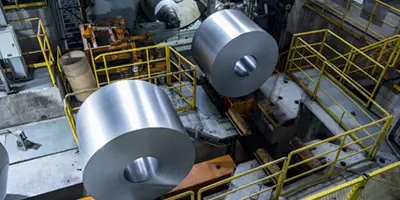

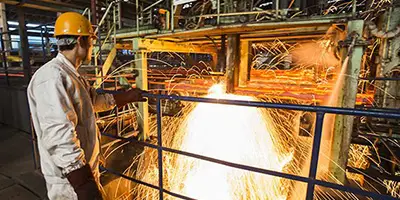
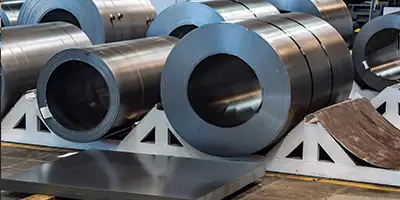

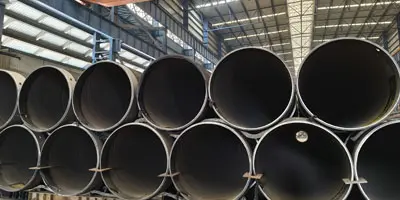

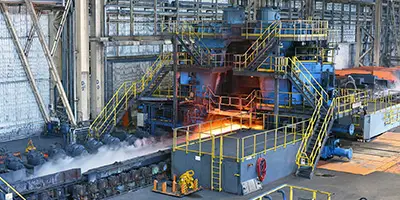
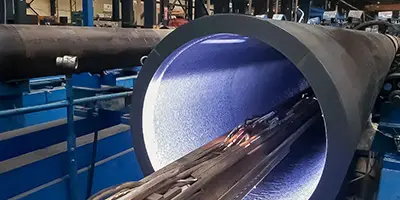
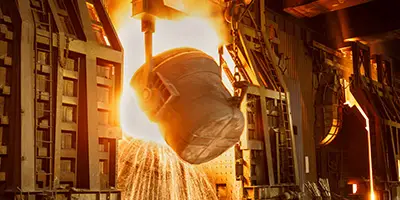


 Phone :
Phone :  Whatsapp :
Whatsapp :  Email :
Email : 


